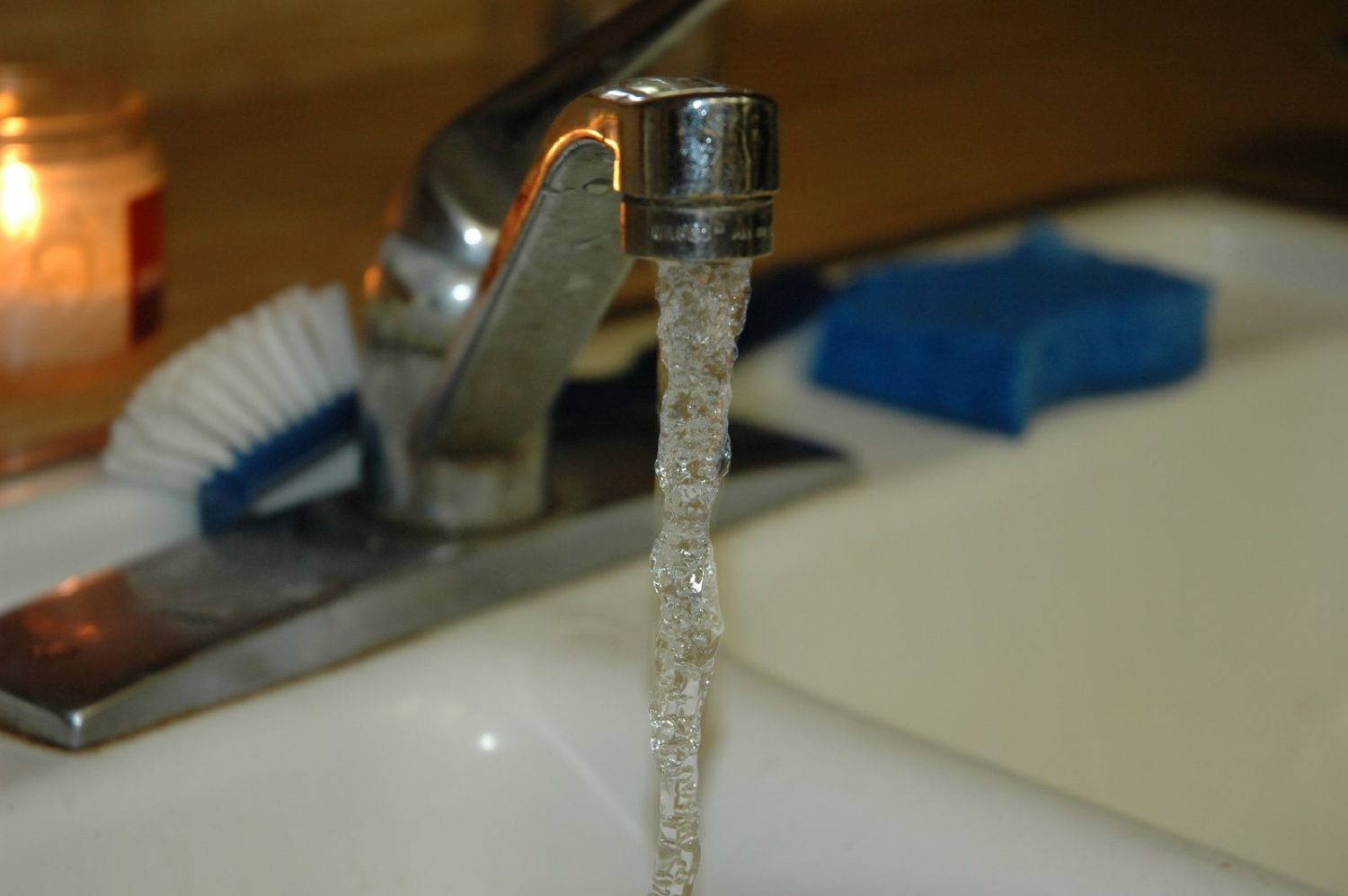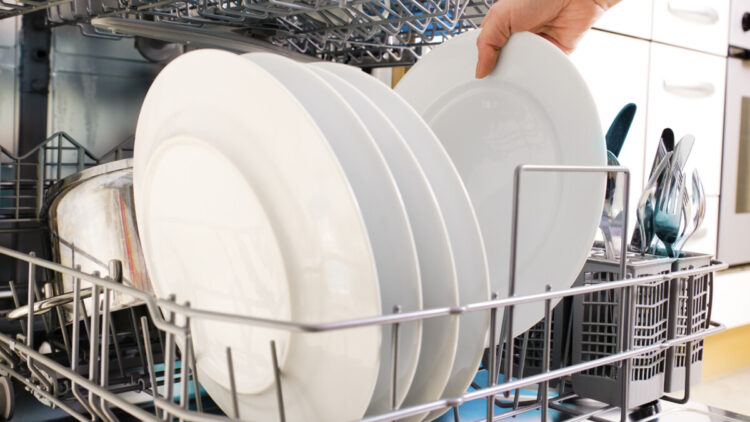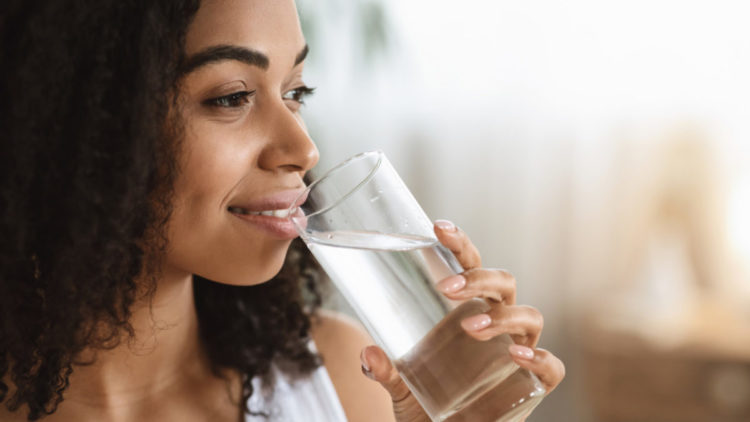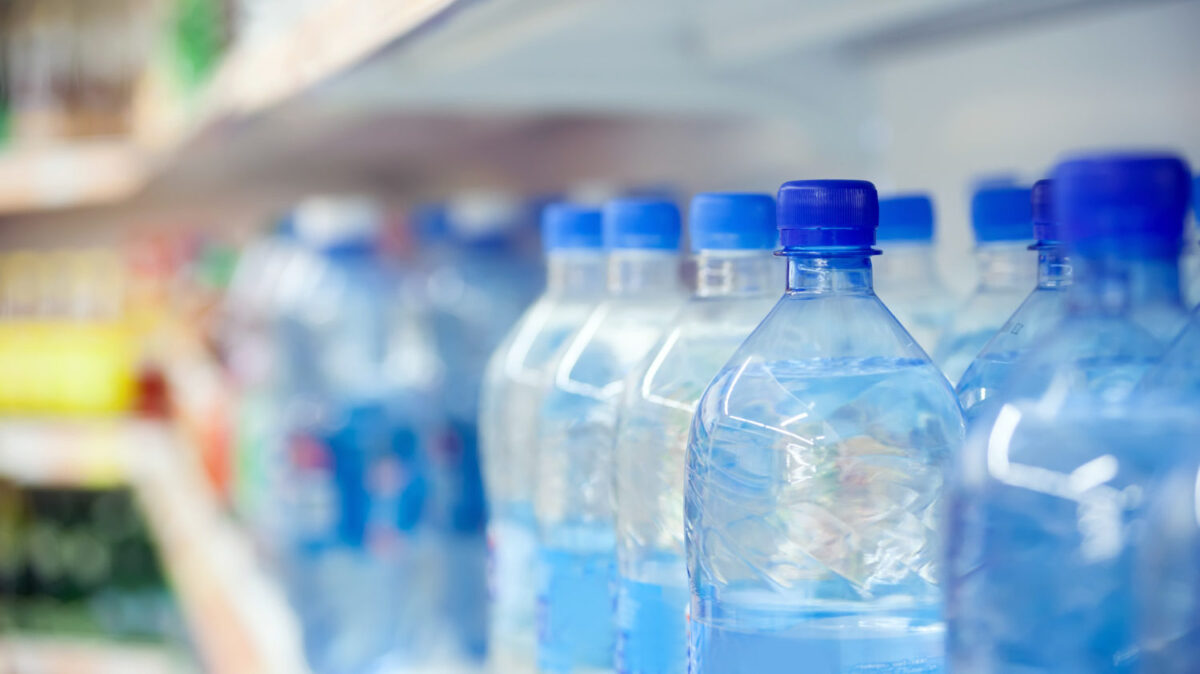This free online tool shows you what’s in your tap water
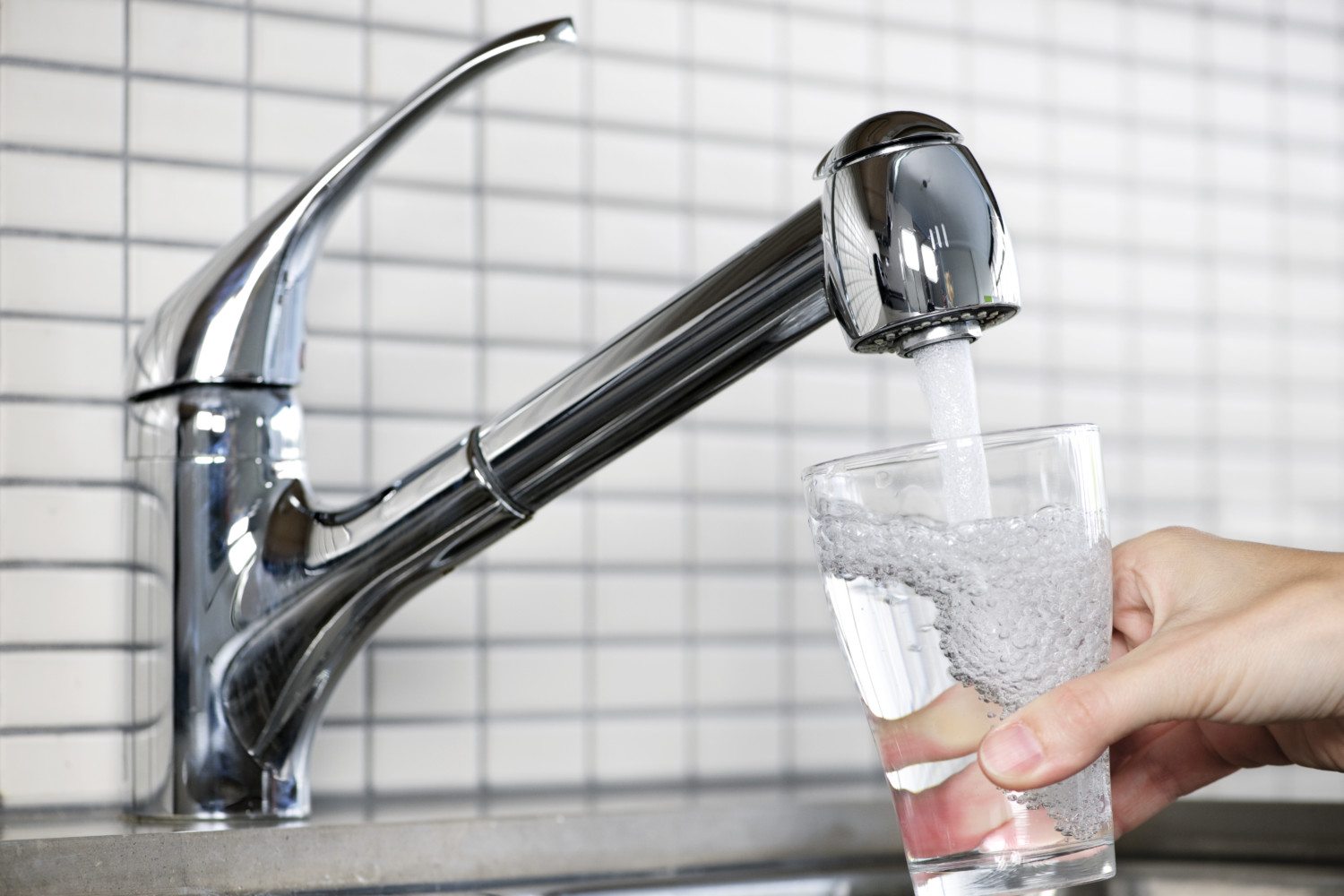
Water is essential to your health and your family’s well-being. Trying to make sure you drink enough every day is great—but what if the water coming through your faucets isn’t exactly good for you?
So how can you be sure the water you are drinking and cooking with is safe?
The Environmental Working Group has created a tap-water database that allows you to look into possible contaminates in the water that flows through your home. The non-profit organization has compiled 28 million records from water utilities in all 50 states.
Find Out What’s In Your Water
You can check for known contaminants in your tap water using the EWG’s water database. So how do you take advantage of the tool? Just enter your ZIP code at its website to find data on the water company that serves your area.
After entering your ZIP code, you’ll have to choose your water provider from a list. Then, you will see the list of contaminants detected that are above health guidelines, as well as other detected contaminants. If you click to expand each contaminate, you can learn about how it occurs, what health risks may be associated with it and how the levels found in your area compare on a state and national level.
Watch the video below for more details on the EWG’s findings.
Why Your Municipality May Not Be Concerned
The United States Environmental Protection Agency regulates drinking water for more than 90 contaminants that may have adverse health effects. The contaminant must also occur in public water systems often enough—and at levels of public health concern—in order to warrant regulation.
Once the EPA establishes the national primary drinking water regulation for a particiular contaminant, public water systems must comply; so all detected contaminants must be within regulatory level limits to be considered safe.
Safer Water Solutions
If you are worried about the possibility of contaminates in your tap water, even at levels the EPA considers safe, here are some steps you can take to diminish your risks:
- Test for yourself. You can purchase water testing kits online or at home improvement stores. In addition, the EPA provides a database of state-certified laboratories that perform tests of drinking water.
- Distill it. Because many contaminants have lower boiling points than water, distillation can remove the harmful compounds through evaporation. There are several distillation methods, such as counter-top devices or installed systems.
- Filter it. Consumer Reports recommends learning more about the specific contaminants in your tap water before selecting a suitable filter.


